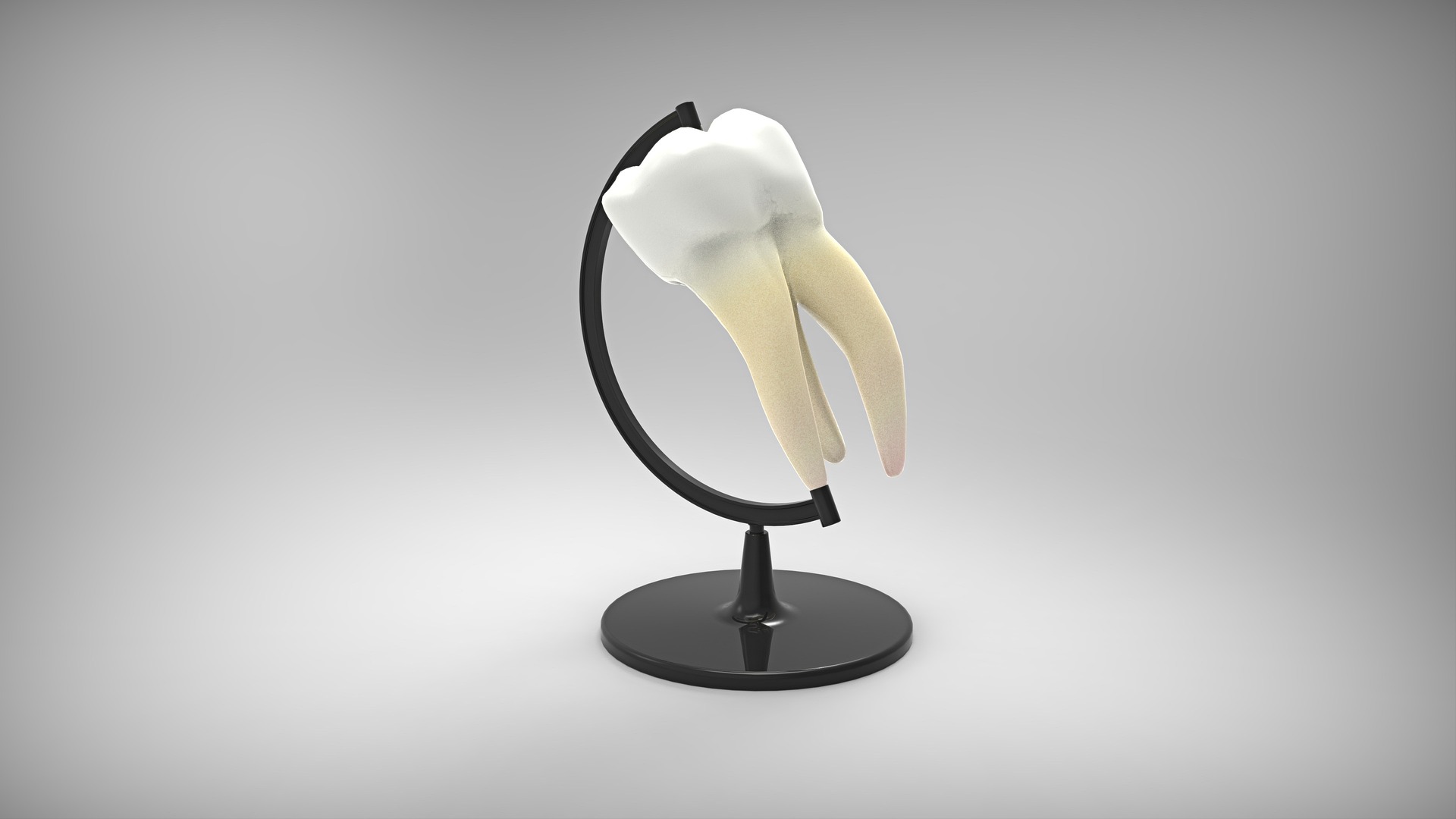Reading Time – 6 Minutes, Difficulty Level 2/5
Teeth, oh what fascinating little things they are! While kids may see a tooth as a prize for the tooth fairy, dental professionals take a closer look at the intricate details. A tooth has two main parts: the Crown and the Root. The Crown is the visible part that we see when we smile, while the Root is hidden beneath the gums, securely anchored in the jawbone. But here’s where it gets really interesting! Teeth are not alone in this adventure. They interact with other areas of the mouth and face, like the gums and the jawbone (which is sometimes called the mandible). It’s like a dental puzzle where all the pieces fit together. So let’s appreciate the wonder of our teeth, even in their simple form.

The Crown
The crown of the tooth is the part of the tooth that we see the most, open your mouth and you will see 28 crowns in your mouth (or 32 if your wisdom teeth have erupted!). The crown itself has its very own anatomy; enamel, dentin and pulp.

Enamel
The superhero shield of our teeth, is the ultimate defender! It’s not just any ordinary outer shell, but a protective armor that keeps our pearly whites safe. This surface not only helps us chew our food with gusto but also battles against cavities. The enamel’s toughness shields the inner aspects of our teeth from relentless attacks of pesky bacteria which cause erosion or cavities to our teeth. And what makes this enamel armor so indomitable? It’s all thanks to crystalline calcium phosphate, a chemical compound known as hydroxyapatite. This compound bestows upon enamel its hardness and power, making it the superhero of tooth protection!
Dentin
the friendly neighbor beneath the enamel, is the softer layer that lends a helping hand in our eating escapades. Unlike enamel, dentin has a gentler nature, but it plays an important role in supporting our teeth. Think of dentin as the reliable assistant, always there to absorb the pressure of chewing. It helps to maintain the structure of our teeth. Dentin knows how to handle the job with care, providing that extra bit of cushioning. Not only is dentin a reliable support, but it also acts as a bridge between the enamel and the final layer of the crown, known as the pulp. It facilitates communication, making sure everything in our teeth is well-connected and functioning harmoniously.
Pulp
Picture the pulp as the vivacious center, bustling with activity and energy. It’s a lively hub of live tissue, blood vessels, and nerve tissues, all working together to keep our teeth alive and kicking. This sensational bunch is responsible for detecting sensations like temperature, making sure our teeth stay in the know. But wait, there’s more! The pulp isn’t just about feeling the heat (or chill). It’s a defender in disguise! When pesky bacteria come knocking, the pulp goes into superhero mode. It releases white blood cells, the valiant fighters, straight from the lymphatic nerves within.
Root
The root, just like the crown, has its own anatomy as well! This consists of the cementum, the root canal, the periodontal ligament, the accessory canal, the apical foramen, and alveolar bone.
Get ready to meet the tooth’s trusty bodyguard: the cementum! The cementum wraps around the sensitive root, keeping it safe and sound. Think of it as a protective coating. Imagine a layer that’s bone-like in toughness but softer than enamel. Cementum strikes the perfect balance, providing the right amount of strength without losing its flexibility. It has the ability to shield the root and ensure its well-being. The cementum teams up with the periodontal ligament and the alveolar bone, forming an unbeatable trio. The cementum attaches itself to the periodontal ligament, which acts as the mighty connector between the roots and the alveolar or jawbone. This dynamic teamwork keeps your teeth in their rightful place, maintaining a stable smile.

The root canal, as the name suggests, is a canal or space that runs through the tooth, extending beneath the dentin. It’s like a secret passage where the pulp travels, reaching every nook and cranny of the tooth. This canal acts as an essential extension of the pulp, providing the same protection and vitality throughout. Think of the root canal as a hidden pathway within the tooth, working silently to support its well-being. It’s like an underground tunnel that ensures the pulp’s influence reaches every corner.
The periodontal ligament is the mighty bond that keeps your teeth firmly in place. It’s like a team of elastic superheroes, each ligament attaching one end to the sturdy cementum of the roots and the other end integrating into the mighty alveolar bone of the jaw. It’s a jaw-dropping feat of connection and integration! Speaking of the alveolar bone, it’s like the rock-solid foundation that supports the roots of all your teeth. It’s the jawbone, the backbone of your smile! Picture it as a fortress with specially designed sockets that perfectly cradle the tooth roots, creating a secure and snug home for each one. But that’s not all! The periodontal ligament is no ordinary sidekick—it’s a shock-absorbing sensation! It takes on the daily challenges of biting and chewing, absorbing the shock and force with resilience.

Finally, the accessory canal is a sneaky side canal, making its way from the pulp canal through the dentin to the periodontal ligament. It’s like a secret passage that supplies blood flow and nerves to the pulp. These little canals are like tiny highways, bringing vital resources to nourish and support the tooth’s core. But that’s not all—we have another intriguing entrance!

The apical foramen, found at the very base of the root, is like a hidden doorway for blood vessels and nerves to enter the tooth directly.

It’s a small opening that ensures a direct flow of nourishing resources into the tooth itself. Why is this blood flow so crucial? It’s the life force that nourishes the tooth, keeping it hydrated and preventing it from becoming brittle. Imagine it as a refreshing drink for your tooth, ensuring it stays strong and healthy. And let’s not forget the nerve’s role in this dental drama! Nerves have a vital job—they’re like the tooth’s personal temperature sensors, able to detect changes and alert us to any potential damage. They’re the watchful guardians, ensuring the tooth’s well-being.

I’m a second year undergraduate Science student at the University of Guelph, Ontario, Canada studying Biomedical Sciences currently researching Human Health and Development.
I have a passion for biology and research, with an interest in pursuing oral surgery in the field of Dentistry.
Working at a dental practice for the past two years has also motivated me to change and improve the dental field in the future, with a focus on underprivileged patients, and research of improved methods of patient care.








